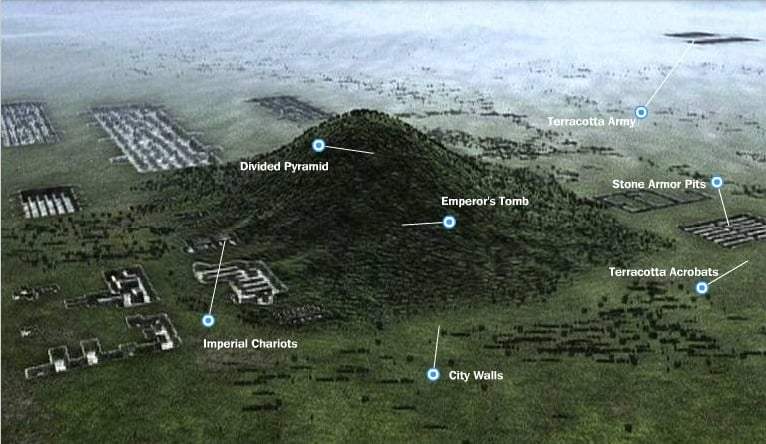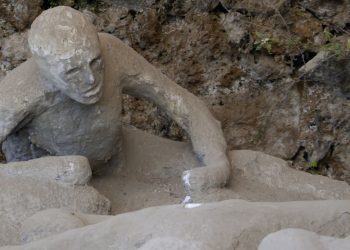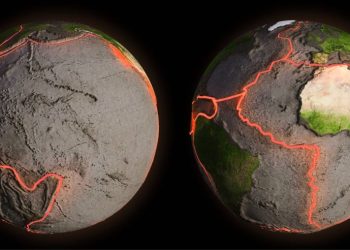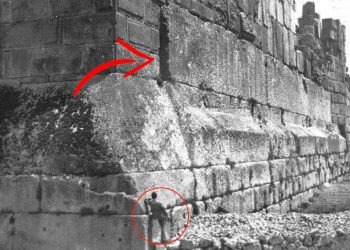Everyone has heard of the Egyptian pyramids, but few people know that there are almost 200 pyramids in the desert of eastern Sudan, which differ from their counterparts in Giza in their small size and lack of valuable artifacts – the Pyramids of Meroe.

1. The ancient structures are located in the Meroe region (on the eastern side of the Nile between Aswan and Khartoum) – an ancient city on the territory of modern Sudan, which became the capital of the state of Kush after the destruction of Napata by the pharaoh of Ancient Egypt Psammetichus II in the 6th century BC.
2. The Meroe Pyramids were built between 720 and 300 BC. The entrances to the tombs were usually located from the East – facing the rising sun.
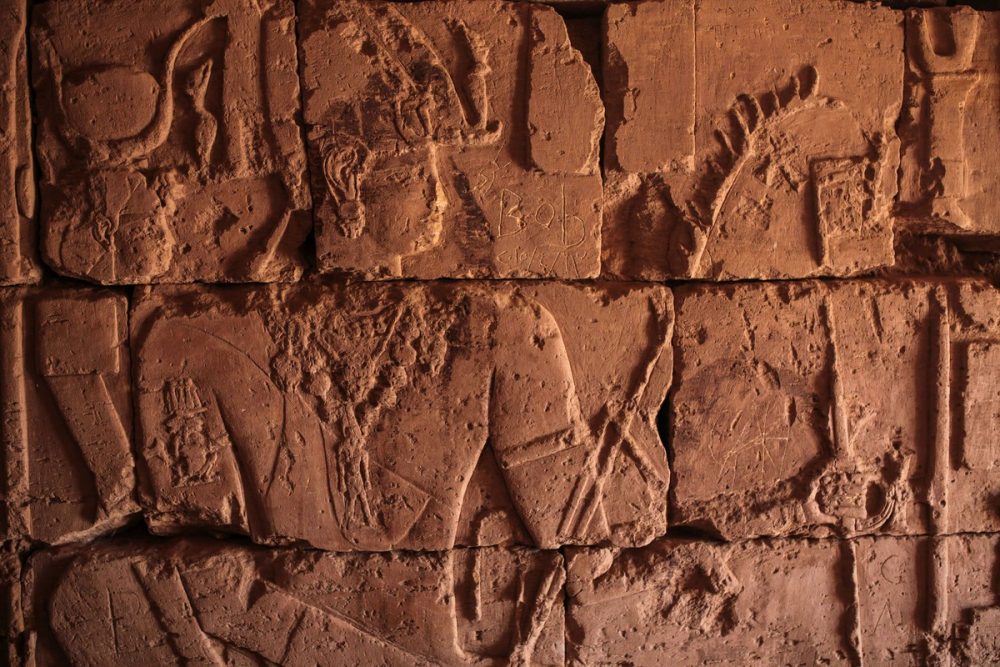
3. The walls are covered with frescoes, hieroglyphs, and inscriptions, testifying to the influence of the culture of ancient Egypt on the development of the kingdom of Kush. The decorative elements of the stone pyramids of Nubia are borrowed from the cultures of Egypt, Greece, and Rome.
4. The first of the Europeans to reach the Pyramid of Meroe was Linan de Belfon in 1821. In the same year, they were first explored by the French scientist and traveler Frederic Cayo. In 1834, the Italian adventurer Giuseppe Ferlini undertook an expedition here. In search of treasures, Ferlini destroyed about 40 pyramids, 5 of them were destroyed to the ground. It is believed that Ferlini used explosives to achieve his goal.
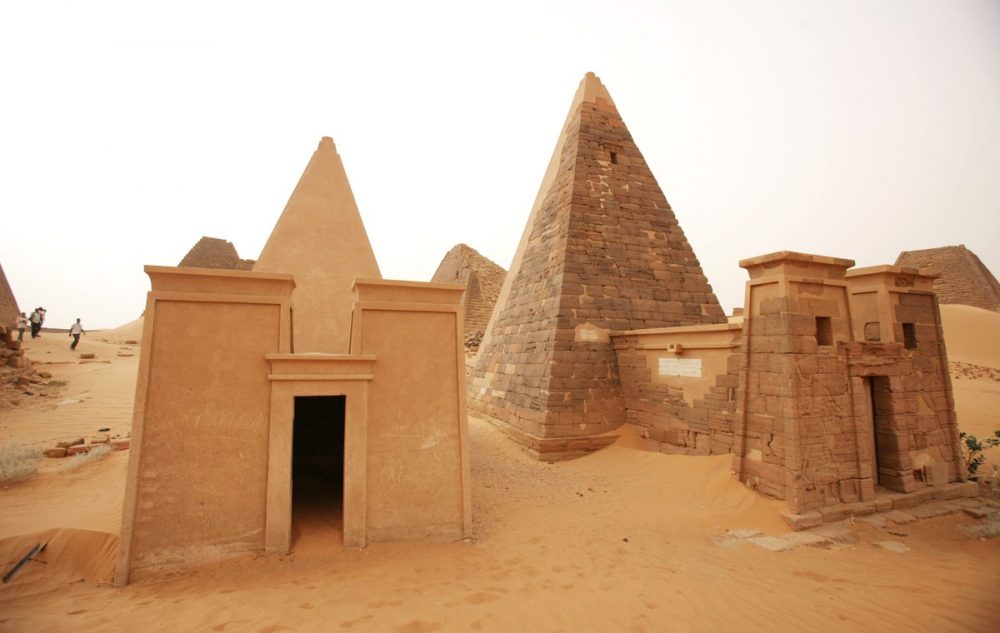
5. Over the course of this destructive expedition, Ferlini discovered gold in only one of the pyramids of Meroe. It is known that the royal tombs have been plundered in the ancient past, so not much has remained for modern archaeologists. Ferlini later sold his loot to European museums.
6. Real dedicated archaeologists began excavating Meroe in 1902. In 1909-1914, they were led by the English archaeologist John Garstang (however, their results were never published). In 1920-1923, the royal necropolises were investigated by the American scientist George Reisner. The excavations of Meroe by the English archaeologist Peter Shinnie were of great importance.
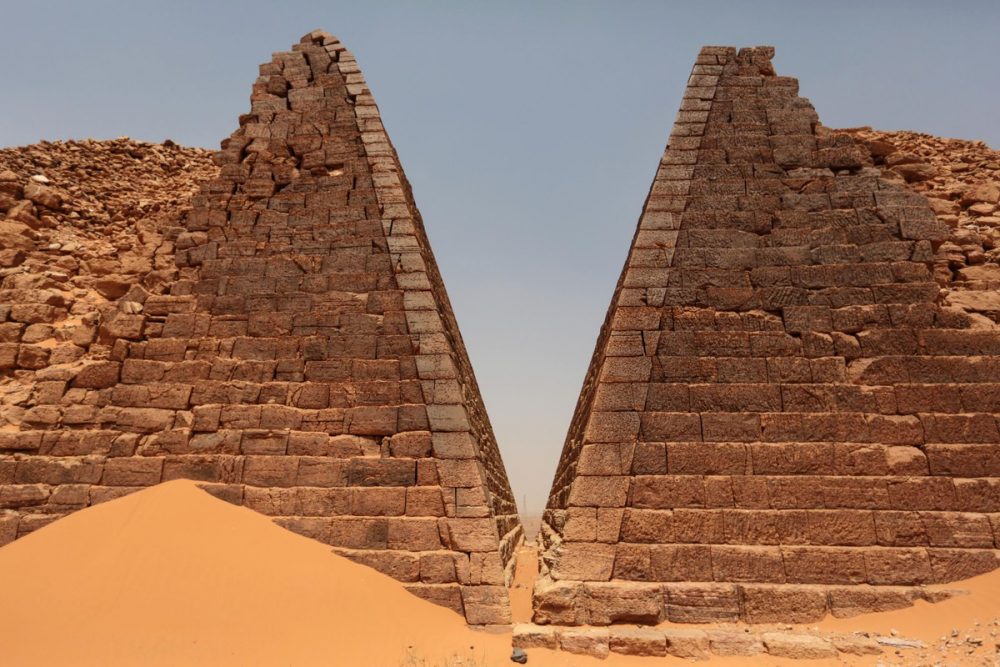
7. The frescoes discovered in situ describe the burials of the rulers. Some were burned while others were mummified just like the pharaohs of Egypt.
8. In some tombs, archaeologists have discovered remains of people and animals which suggests that the local beliefs were similar to those in ancient Egypt. For example, rulers were often buried with their favorite animals and belongings in order to enjoy them in the afterlife too.
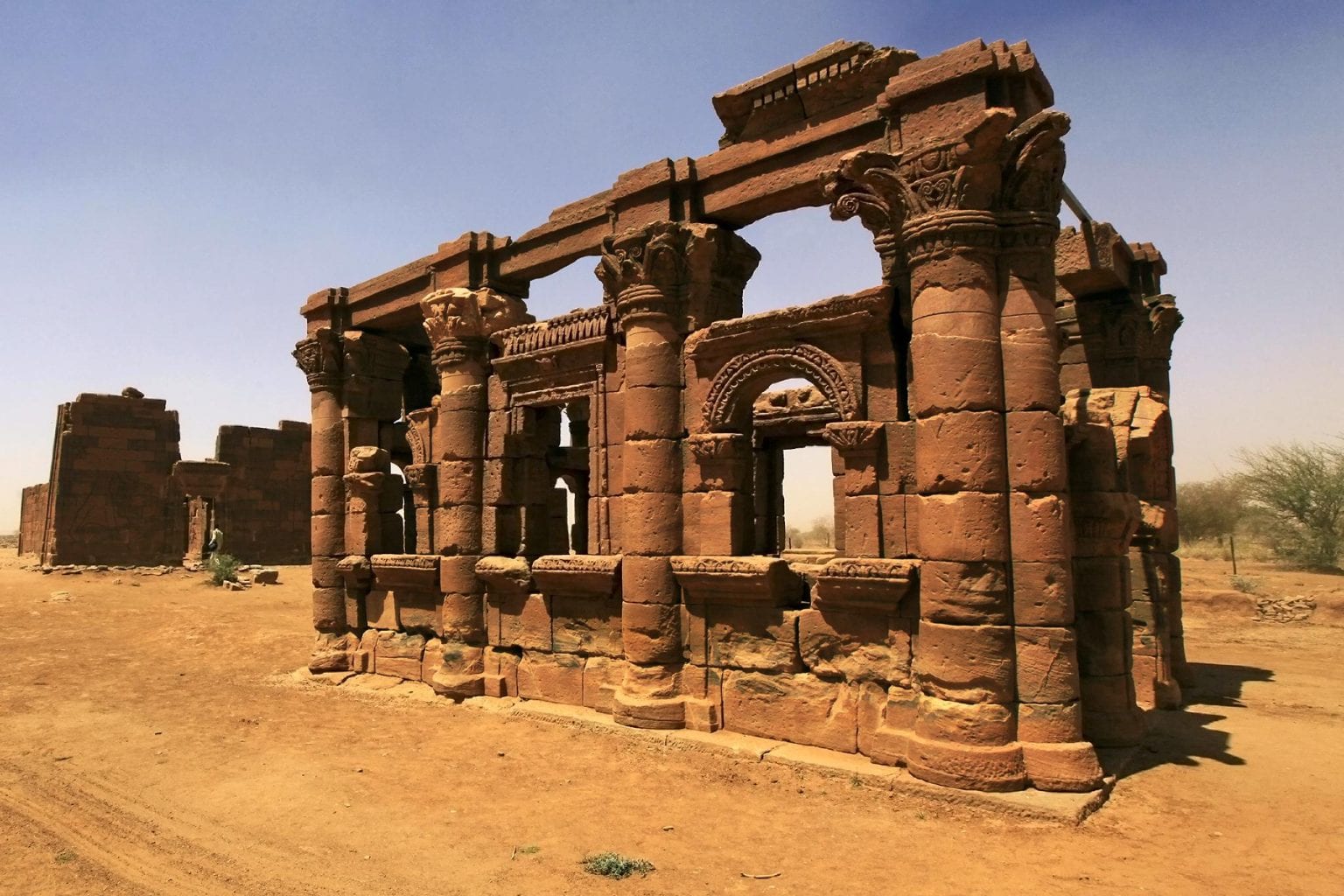
9. Today, the ancient pyramids of Meroe are in danger of the approaching desert. Sand is the main problem in the preservation of this unbelievable necropolis.
10. Archaeological work continues to this day but the country does not have the money to fund large-scale work. This is why if you visit the pyramids of Meroe, you will see local workers digging the sands with shovels which is a nearly impossible task in the middle of the desert.
Join the discussion and participate in awesome giveaways in our mobile Telegram group. Join Curiosmos on Telegram Today. t.me/Curiosmos
Sources:
• Castellano, N. (2021, March 16). The Nubian Kingdom of KUSH, rival to Egypt.
• Mamo, A. (2021, March 22). Glimpses of Sudan’s FORGOTTEN PYRAMIDS.
• Taylor, A. (2015, May 04). The forgotten pyramids of meroë.




